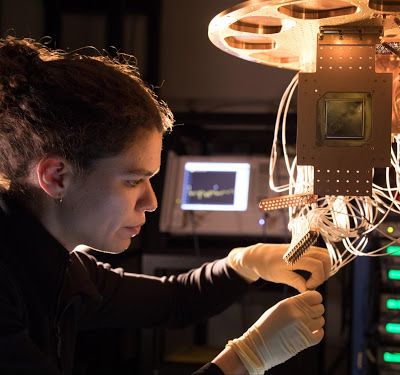It’s not the number of qubits; it’s what you do with them that counts.
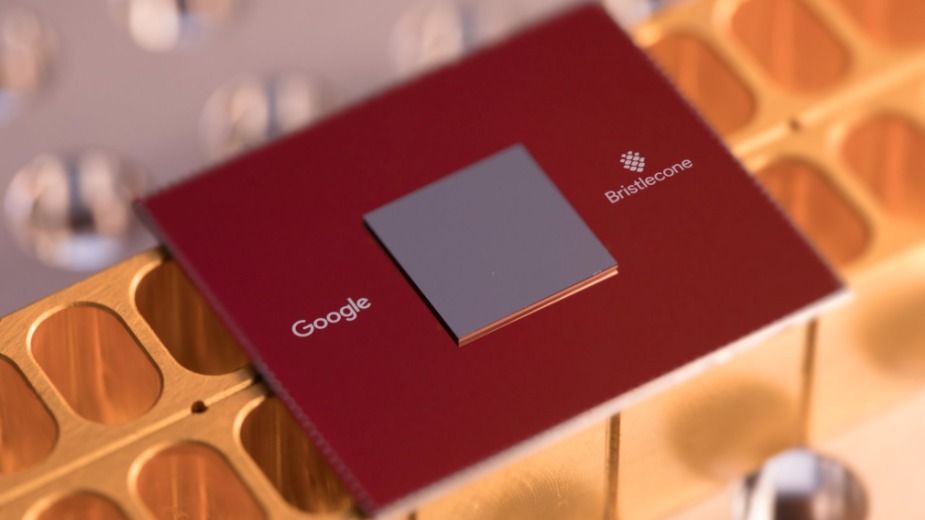



Our current understanding of gravity is based on Albert Einstein’s general theory of relativity—a dated concept belonging to the realm of classical physics.
Modern scientists, however, are still struggling to quantize gravity—that is, describe it according to the principles of quantum mechanics.
This 83-year search is believed by many to be the deepest question in physics.
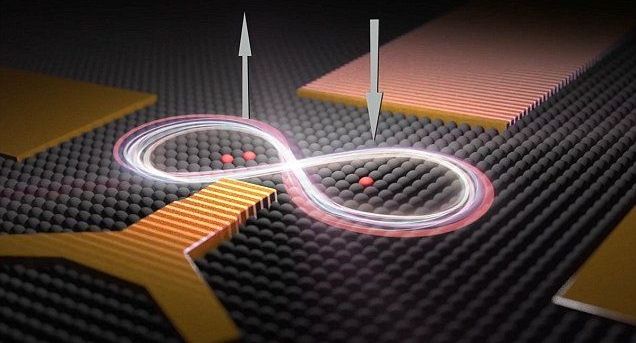
The move is being heralded as a ‘significant milestone’ in the broader effort to build a world-beating quantum computer.
Building a quantum computer has been called the ‘space race of the 21st century’ – a difficult and ambitious challenge, with the potential to deliver revolutionary tools.
The team of researchers, which is led by Australian of the year Michelle Simmons, is the only group in the world that can see the exact position of their qubits, according to a release from the University of New South Wales.
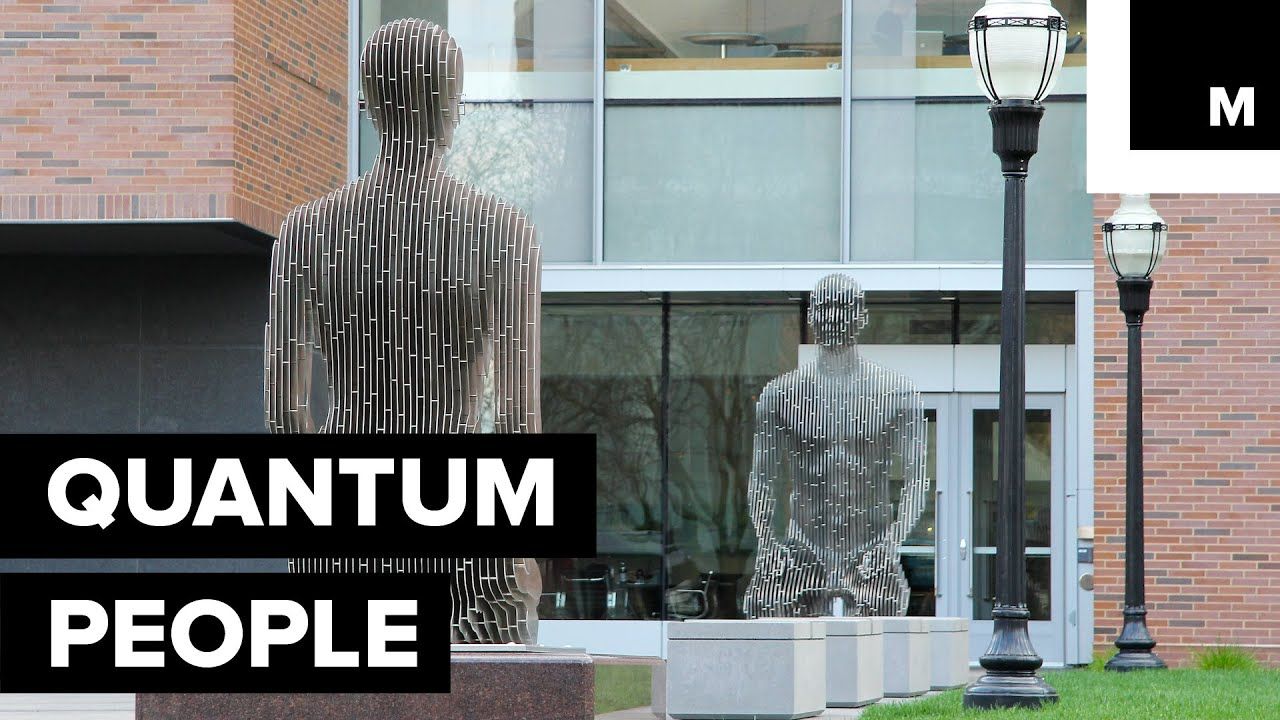
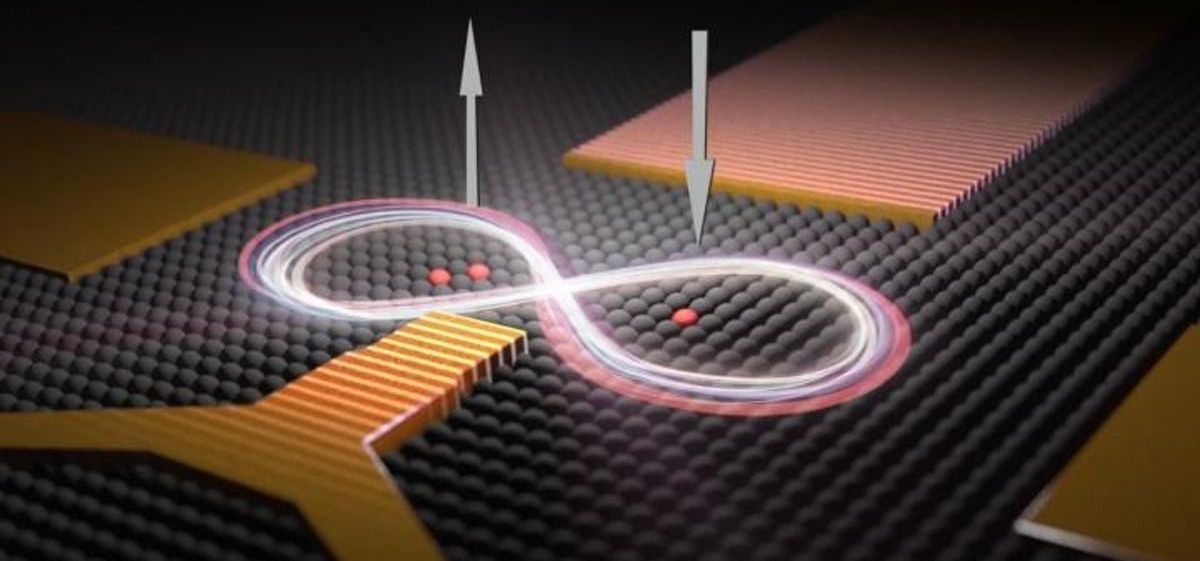

In 1935, when both quantum mechanics and Albert Einstein’s general theory of relativity were young, a little-known Soviet physicist named Matvei Bronstein, just 28 himself, made the first detailed study of the problem of reconciling the two in a quantum theory of gravity. This “possible theory of the world as a whole,” as Bronstein called it, would supplant Einstein’s classical description of gravity, which casts it as curves in the space-time continuum, and rewrite it in the same quantum language as the rest of physics.
Bronstein figured out how to describe gravity in terms of quantized particles, now called gravitons, but only when the force of gravity is weak — that is (in general relativity), when the space-time fabric is so weakly curved that it can be approximated as flat. When gravity is strong, “the situation is quite different,” he wrote. “Without a deep revision of classical notions, it seems hardly possible to extend the quantum theory of gravity also to this domain.”
His words were prophetic. Eighty-three years later, physicists are still trying to understand how space-time curvature emerges on macroscopic scales from a more fundamental, presumably quantum picture of gravity; it’s arguably the deepest question in physics. Perhaps, given the chance, the whip-smart Bronstein might have helped to speed things along. Aside from quantum gravity, he contributed to astrophysics and cosmology, semiconductor theory, and quantum electrodynamics, and he also wrote several science books for children, before being caught up in Stalin’s Great Purge and executed in 1938, at the age of 31.
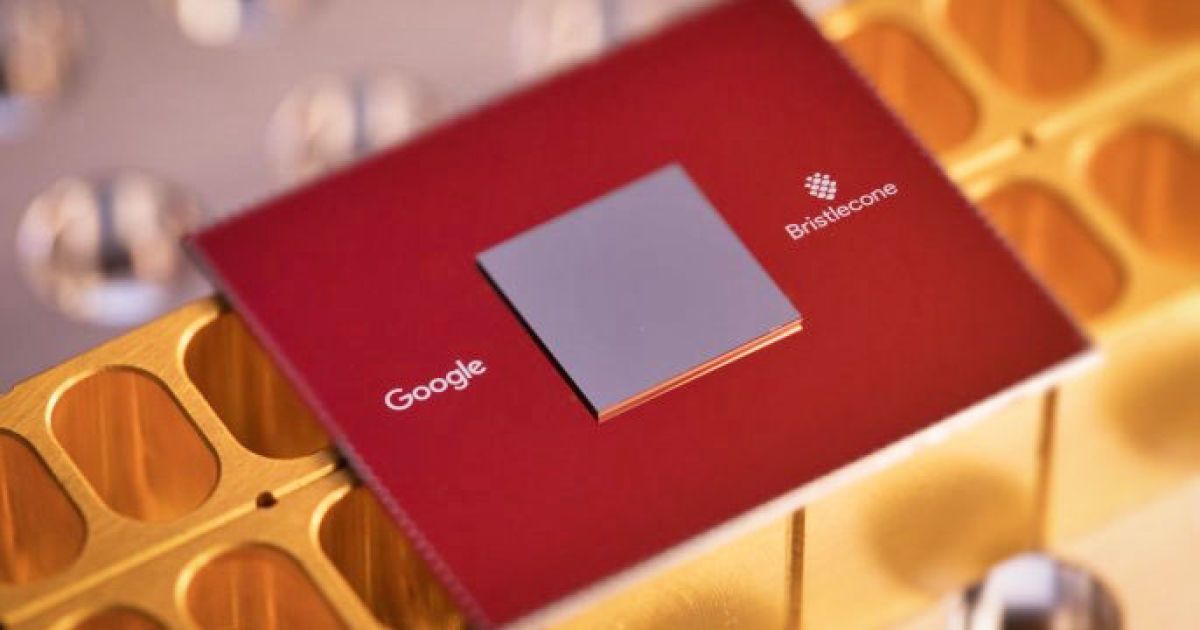
Like every other major tech company, Google has designs on being the first to achieve quantum supremacy — the point where a quantum computer could run particular algorithms faster than a classical computer. Today it’s announced that it believes its latest research, Bristlecone, is going to be the processor to help it achieve that. According to the Google Quantum AI Lab, it could provide “a compelling proof-of-principle for building larger scale quantum computers.”
One of the biggest obstacles to quantum supremacy is error rates and subsequent scalability. Qubits (the quantum version of traditional bits) are very unstable and can be adversely affected by noise, and most of these systems can only hold a state for less than 100 microseconds. Google believes that quantum supremacy can be “comfortably demonstrated” with 49 qubits and a two-qubit error below 0.5 percent. Previous quantum systems by Google have given two-qubit errors of 0.6 percent, which in theory sounds like a miniscule difference, but in the world of quantum computing remains significant.
However, each Bristlecone chip features 72 qubits, which may help mitigate some of this error, but as Google says, quantum computing isn’t just about qubits. “Operating a device such as Bristlecone at low system error requires harmony between a full stack of technology ranging from software and control electronics to the processor itself,” the team writes in a blog post. “Getting this right requires careful systems engineering over several iterations.”
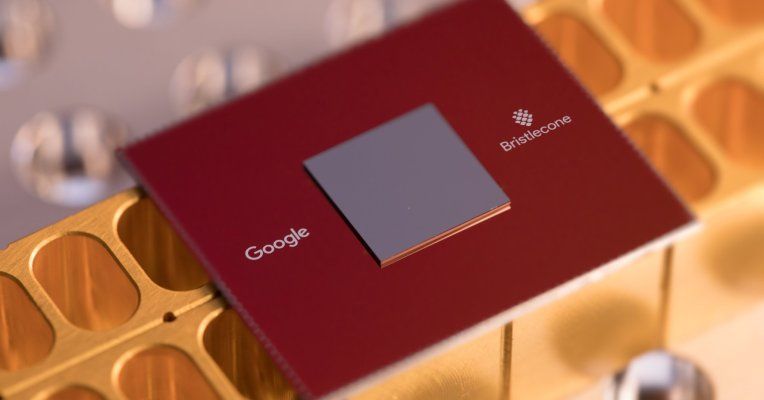
Every major tech company is looking at quantum computers as the next big breakthrough in computing. Teams at Google, Microsoft, Intel, IBM and various startups and academic labs are racing to become the first to achieve quantum supremacy — that is, the point where a quantum computer can run certain algorithms faster than a classical computer ever could. Today, Google said that it believes that Bristlecone, its latest quantum processor, will put it on a path to reach quantum supremacy in the future.
The purpose of Bristlecone, Google says, it to provide its researchers with a testbed “for research into system error rates and scalability of our qubit technology, as well as applications in quantum simulation, optimization, and machine learning.”
